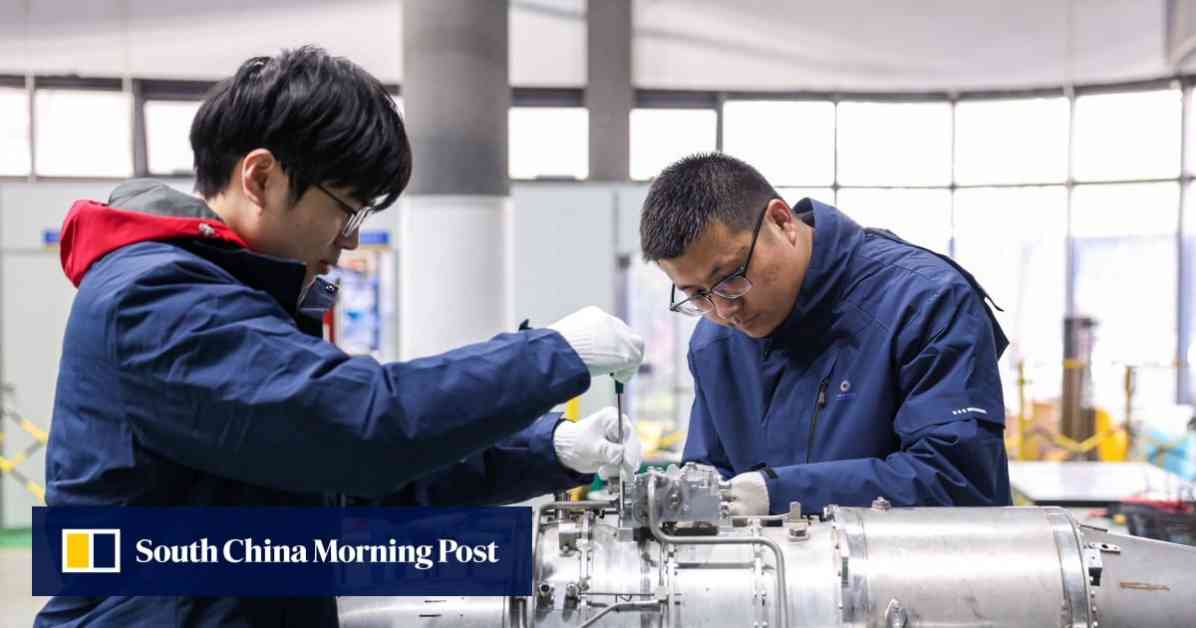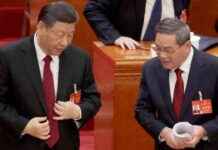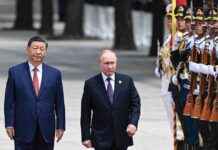China’s manufacturing sector has shown signs of positive growth in February, with the purchasing managers’ index (PMI) hitting a three-month high of 50.2. This marks a significant improvement from January’s figure of 49.1 and December’s 50.1, indicating a return to expansion after a period of contraction.
The PMI is a crucial metric that reflects the health of the manufacturing industry, with a reading above 50 signaling growth and anything below indicating a decline. In this case, China’s PMI crossing the 50 threshold is a promising development for the country’s economy.
Factors Influencing Positive Growth
Analysts attribute this uptick in PMI to various factors, including the government’s efforts to stimulate economic activity. The sluggish performance of the manufacturing sector in the second half of last year was compounded by the impact of the Lunar New Year holiday in January. However, with enterprises resuming production after the festive season, there has been a notable improvement in manufacturing activity.
Zhao Qinghe, an expert from the National Bureau of Statistics (NBS), highlighted the influence of post-holiday production resumption on the February PMI data. This insight underscores the interconnectedness of seasonal factors and economic performance, shedding light on the nuanced dynamics at play in China’s manufacturing landscape.
NBS data further reveals that key sub-indices such as production and new orders have also shown positive growth, with figures of 52.5 and 51.1, respectively. These metrics provide a more detailed picture of the sector’s performance, offering insights into specific areas driving the overall expansion.
Implications for Economic Recovery
The positive PMI data for February carries broader implications for China’s economic recovery trajectory. As a crucial pillar of the country’s economy, the manufacturing sector’s resurgence bodes well for overall growth and stability. With production and new orders on the rise, businesses are poised to capitalize on increased demand and bolster their operations.
Industry experts emphasize the significance of sustained growth in the manufacturing sector, as it can serve as a catalyst for broader economic revitalization. By maintaining momentum and capitalizing on favorable market conditions, China stands to benefit from a more robust industrial landscape that fuels job creation and drives consumption.
In conclusion, China’s PMI data for February paints a promising picture of the manufacturing sector’s recovery and sets a positive tone for the country’s economic outlook. As businesses continue to adapt to evolving market dynamics and government policies, the stage is set for sustained growth and resilience in the face of global challenges.



























